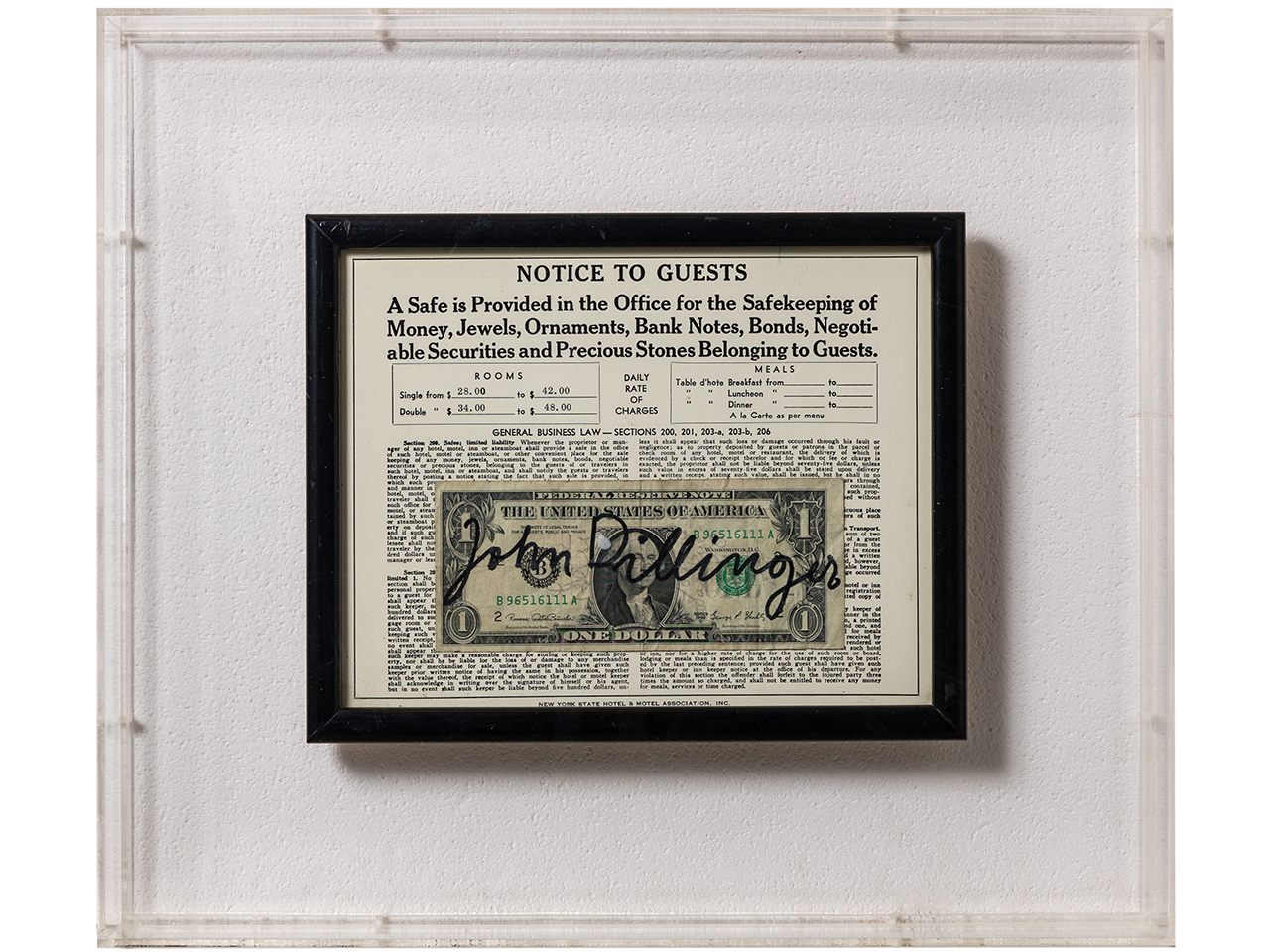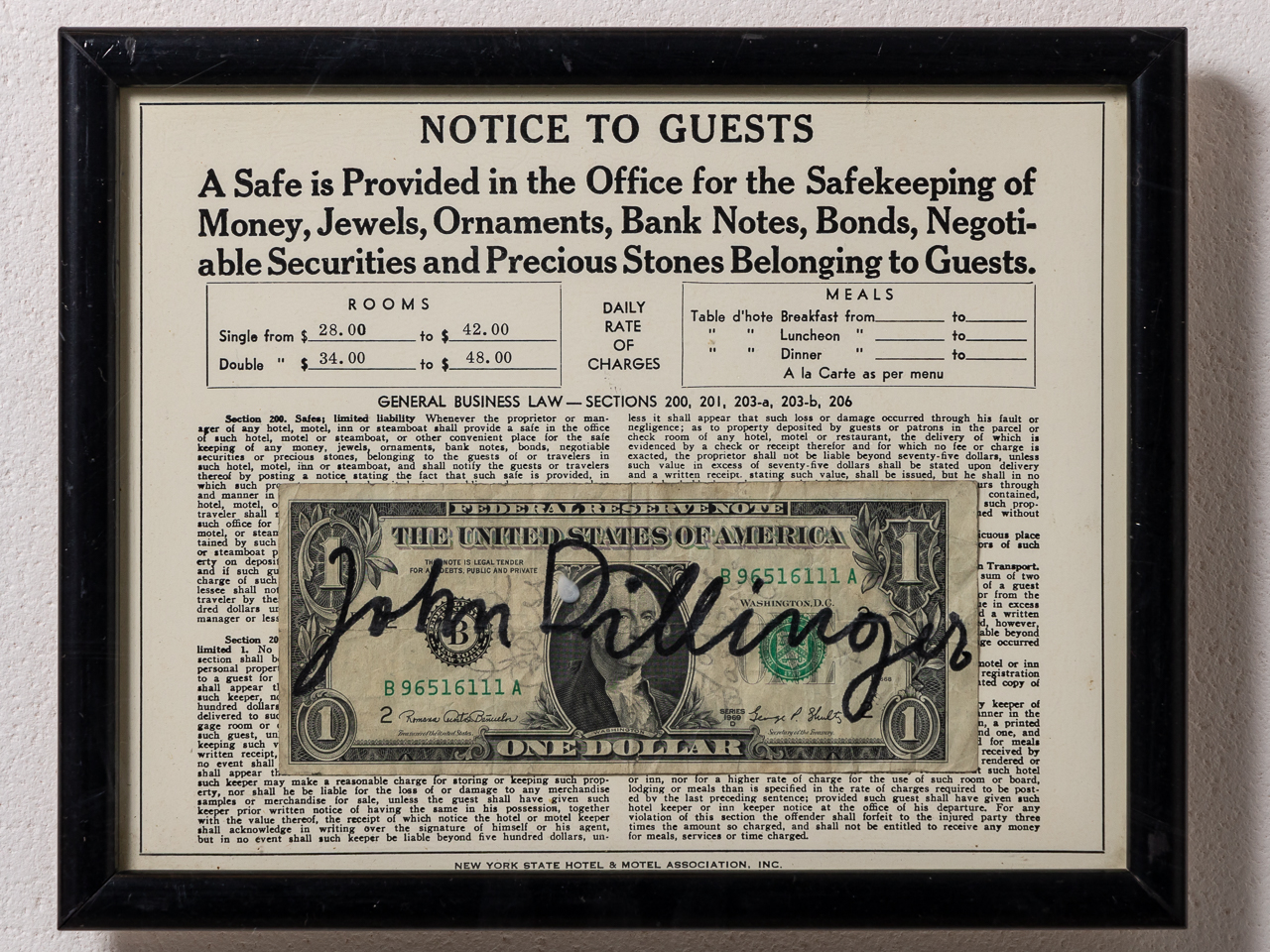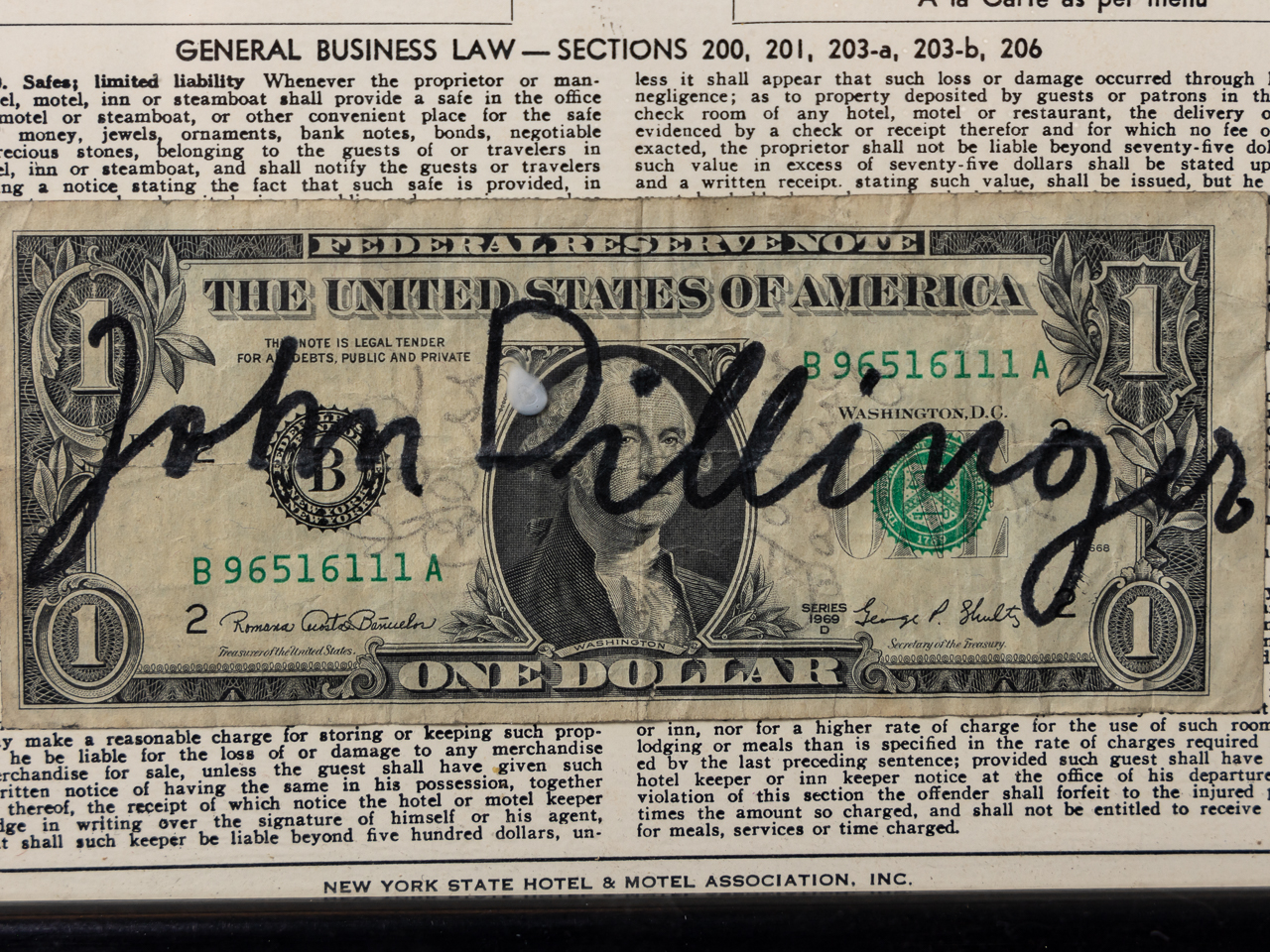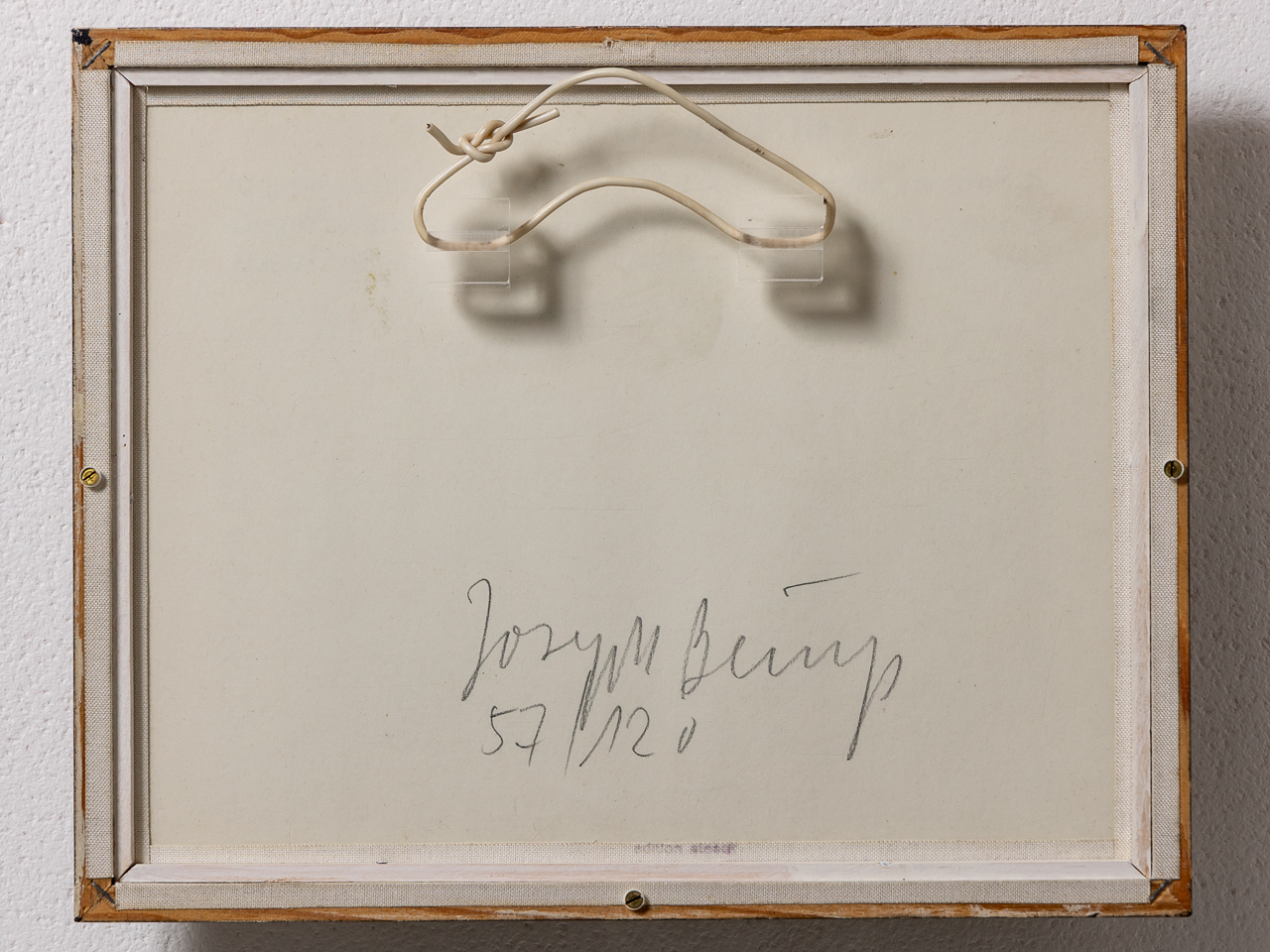ヨゼフ・ボイス/Joseph Beuys
20世紀を代表するドイツの美術家ヨゼフ・ボイス(1921~1986)は、独創的な彫刻作品の制作をはじめ、レクチャーや対話集会、アクションに加え、政治や環境問題への問題提起など広範な分野で活動しました。
1921年、ドイツのクレーフェルトに生まれたボイスは、その年の秋にオランダとの国境に位置するクレーヴェへと引っ越し、自然や動物と触れ合う幼少期を過ごしました。ヒンデンブルク・ギムナジウムに在籍していた学生時代にはヒトラー・ユーゲントに加入しますが、そこで焚書対象となっていた彫刻家ヴィルヘルム・レームブルック(1881~1919)の作品集に感銘を受けます。また、元々関心を抱いていた自然科学に加え、哲学や文学、音楽に美術、さらには北欧神話や伝承などあらゆる知識を吸収していきました。第二次世界大戦中は通信兵として従軍し、1944年に冬のクリミア半島に墜落した際には、現地の遊牧民タタール人によって奇跡的に救出されました。体の傷に脂肪を塗られ、フェルトで温められたとされているこの特異な出来事は、後の【脂肪の椅子】(1963年)や【フェルトスーツ】(1970年)といった作品で自らの命を救ったそれらを素材として使ったこと、変化や生命を意味する「熱」が創作における重要なテーマの一つになったことと密接につながっています。戦後は、デュッセルドルフ芸術アカデミーで勉強を再開しました。師であるエーヴァルト・マタレー(1887~1965)は動物の彫刻に定評があり、彼の指導に影響を受けたボイスもまた、白鳥やウサギ、ヘラジカ、ミツバチなどの動物モチーフを繰り返し用いることとなります。
しかし、1961年に同アカデミーの教授に就任した時点でもボイスはまだ無名のアーティストであり、その名が世に知られるには、「ヴィデオ・アートの父」と呼ばれる韓国生まれの美術家ナムジュン・パイク(1932~2006)やジョージ・マチューナス(1931~1978)らフルクサスのメンバーとの出会いを待たねばなりませんでした。1960年代に誕生した反芸術的な集団フルクサスには、美術、音楽、文学などあらゆる分野と国を越境して多様なアーティストが集まっていました。短期間ながらその一員となり、パフォーマンスアートの爆発的なエネルギーに触れたボイスは、1963年のフルクサス・フェスティバルにて、ピアノを演奏したあと死んだウサギの心臓をナイフで取りだす【シベリア交響曲第一楽章】というアクションを行い、パフォーマンスアーティストとしての地位を確立したのです。
その後もテーマ性の強いアクションを数多く実践したほか、そこで使用した物品やメッセージをガラスケースに遺物として収める「ヴィトリーヌ」の形式で、鑑賞者に生死の境界を意識させました。エコロジー運動にも積極的に参与し、晩年にはカッセル市内に樫の木を植樹する【7000本の樫の木】という大規模なプロジェクトを開始し、有機物である木のかたわらに無機物の玄武岩を埋めることで、世界が生と死という二つの要素によって構成されていることを示そうとしました。
芸術の概念を徹底的に問い直し、社会とのつながりを明確にしたボイスは、芸術のみならず、社会や政治、教育、宗教などあらゆる活動における創造性によって未来を造形していく「社会彫刻」を提唱し、それに自ら関わる人々は「誰もが芸術家である」と説いています。彼が提起した数々の問いは同時代の「芸術家」たちはもちろんのこと、現代を生きるすべての「芸術家」にも、重みをもって投げかけられ続けているのです。
はい、承知いたしました。
DeepLの翻訳は非常に質が高いですが、よりネイティブスピーカーにとって自然で、美術に関する文章として洗練された表現に調整しました。特に、より力強く、文脈に適した動詞を選び、長い文を分割して読みやすさを向上させています。
Joseph Beuys (1921-1986), one of Germany’s most significant artists of the 20th century, worked across a wide range of fields. His practice included not only sculpture but also lectures, public dialogues, performance “actions”, and political and environmental activism.
Born in Krefeld, Germany, in 1921, Beuys moved that same year to Kleve, a town on the Dutch border where he spent his childhood exploring nature and interacting with animals. While a student at the Hindenburg-Gymnasium, and despite being a member of the Hitler Youth, he was deeply impressed by the sculptor Wilhelm Lehmbruck (1881-1919), whose work the Nazis had targeted for destruction. In addition to his early interest in the natural sciences, he immersed himself in philosophy, literature, music, art, and even Norse mythology and folklore.
During World War II, while serving as a radio operator, his plane crashed in the Crimean Peninsula in the winter of 1944. He was rescued by local Tatars, who, according to Beuys’s own account, treated his wounds with animal fat and wrapped him in felt to keep him warm. This formative experience directly influenced his later use of these materials—fat and felt—in iconic works like Fat Chair (1963) and Felt Suit (1970). The concept of “warmth”, symbolizing transformation and life, became a central theme in his art. After the war, he studied at the Düsseldorf Art Academy under Ewald Mataré (1887-1965), a professor renowned for his animal sculptures. Influenced by his teacher, Beuys frequently incorporated motifs of swans, hares, moose, and bees into his work.
However, even after becoming a professor at the academy in 1961, Beuys remained relatively unknown. His international reputation began to grow after he connected with key figures of the Fluxus movement, including the Korean-born “father of video art” Nam June Paik (1932-2006) and George Maciunas (1931-1978). Fluxus was an anti-art collective that emerged in the 1960s, bringing together a diverse group of international artists, musicians, and writers. Though Beuys was a member for only a short time, the movement exposed him to the explosive energy of performance. At the 1963 Fluxus Festival, he performed his action Siberian Symphony, First Movement, in which he manipulated a piano and dissected a dead hare, solidifying his reputation as a leading performance artist.
He continued to stage numerous provocative “actions”, using objects and messages from these performances to create his “vitrines”—glass display cases containing artifacts that prompted viewers to contemplate the boundary between life and death. In his later years, he became deeply involved in the ecology movement. This culminated in his monumental project 7,000 Oaks, which involved planting thousands of oak trees in the city of Kassel. Each tree was planted alongside a basalt stone, pairing the organic with the inorganic to symbolize the dual forces of life and death that constitute our world.
By radically expanding the definition of art and linking it directly to society, Beuys championed the concept of “social sculpture”. He defined this as the creative shaping of society itself through all spheres of human activity, including art, politics, education, and religion. This led to his famous declaration that “Everyone is an artist”, asserting that every individual has the creative potential to contribute to this societal transformation. The profound questions Beuys raised about the role of art and the nature of creativity continue to resonate today, challenging not only professional artists but all of us to recognize our own artistic capacity.




作品名:John Dillinger
サイズ:17×22.5cm(ミックストメディア ed.120)
価格:600,000円
価格は税抜き表示です

